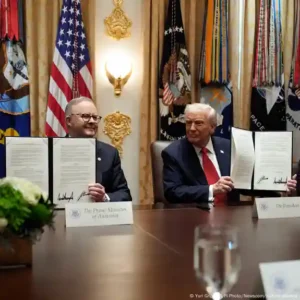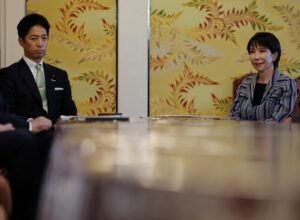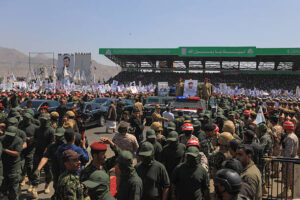Rafael Grossi, the watchdog’s chief, stated on Tuesday that he intended to visit Tehran in October and that, following discussions in New York, he had the impression that Iranian officials were more open to having meaningful interactions with the organization.Relations between Iran and the International Atomic Energy Agency have been strained for a number of years. These issues include Tehran’s refusal to allow uranium-enrichment specialists to serve on the inspection team and its inability to explain uranium traces found at unreported sites.Meeting with Iranian Foreign Minister Abbas Araqchi outside the UN General Assembly, Grossi learned that Araqchi was a key player in the 2015 agreement that limited Iran’s ability to enrich uranium in exchange for the lifting of Western sanctions. “What I see is an expressed willingness to re-engage with us in a more meaningful fashion,” Grossi said in a Reuters interview.In light of Tehran’s contentious nuclear program, its involvement in Ukraine, and the escalating tensions in the region, Iranian and European officials convened in New York to assess each other’s willingness to ease tensions. Between the US and Iranian presidential elections on November 5th, nuclear diplomacy has essentially come to a standstill.Grossi announced that he intended to meet with Iranian President Masoud Pezeshkian in Tehran in October and that he wanted to move quickly to resume meaningful technical talks with Iran.Naturally, we now need to give this some substance and content, as we are not starting from scratch. He said, “Some of the questions we have have been left unanswered during a fairly drawn-out process.”Together, we must determine how best to handle this waiting period while they predict what will happen with their other partners, starting with the US.”IAEA board resolutions urging Iran to lift its ban on inspectors and to immediately cooperate with the investigation into uranium traces have not changed much. Reuters received quarterly IAEA reports on August 29; they showed no progress.Iran’s nuclear program is currently developing at a faster pace. Iran installed eight new cascades at Fordow by the end of the quarter, but they had not yet been turned on, according to the most recent IAEA reports.At its larger underground facility in Natanz, it has brought online 15 new cascades of other advanced models, enriching to up to 5 percent purity.The Fordow cascades remained unreachable, and Grossi declared, “Iran has maintained a regular pace without accelerating too much, but it continues.”Iran has stepped up its nuclear research since 2019 as a result of US President Donald Trump’s rejection of an agreement signed by former President Barack Obama.In response to a question about the possibility of a restart of nuclear talks, Grossi stated that urgent action was required, particularly to enable the IAEA to obtain the information it requires regarding Iran’s actions due to its diminished cooperation with the organization.




